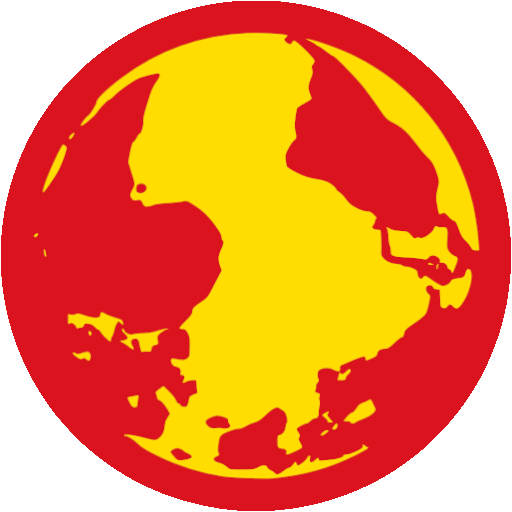Currently more than one Martinican in four (29.3%) lives under the poverty line. The rate in France is 11%. (statista.com) There are 34,500 Martinique households, out of about 140,000, who qualify for welfare payments. (tinyurl.com/3uk2hwzb)
Besides big demonstrations of thousands in Martinique, there were street barricades of burned cars and buses, checkpoints, blockades and supermarkets surrounded by pickets or burned out, according to online pictures. Four demonstrators were reportedly killed. The militant actions continued even after the central French government sent in detachments of its special anti-riot cops.
Protesters raised the issue of the monopolistic control the three major béké families have over the Martinique economy. The béké are the descendants of white plantation owners who made their initial wealth from using enslaved labor to produce sugar in the 17th and 18th centuries.
When France abolished enslavement in 1842, it fully compensated the plantation owners, the béké, for the loss of their enslaved labor. The békés used this capital to gain a commanding control of the Martinique economy. The people who produced all the wealth received freedom from enslavement but no reparations.
Most of the people living in Martinique and Guadeloupe are the descendants of the people enslaved by the békés.
On October 16, a number of civic groups that had been protesting and the government of Martinique signed an agreement reducing the price of 6,000 items that are used for food by 20%.
The Association for the Protection of African-Caribbean Peoples and Resources didn’t sign the agreement, because it thought it did not go far enough. The RPPRAC was a major force in the protests, holding a major demonstration on Oct. 21 and intends to continue the struggle.
The major force protesting in Guadeloupe has been the electrical workers union. Members marched into the power grid’s control room on Oct. 26, shutting it down to demand that their contract be honored and prices be lowered.


